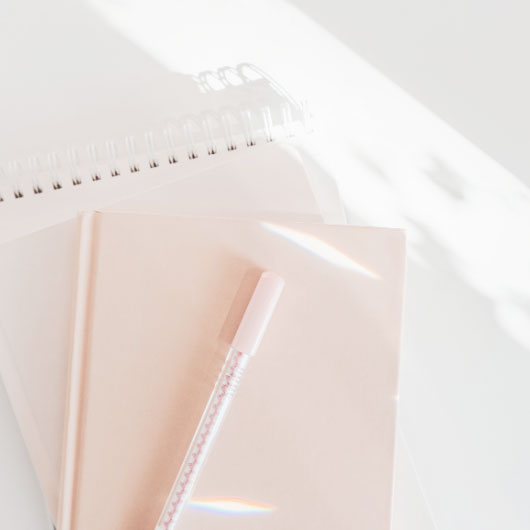For patients of all ages, filler can be a safe and sufficient alternative to surgery for improving the under eyes. A thorough in-person consultation is required to determine if this procedure is right for you. Tear troughs can be one of the earliest signs of aging and can also cause a patient to look tired or stressed on a daily basis. Hollowing in this area is caused by aging tissue, but genetics also play a large role in it. A tear trough refers to the area below the eye that is formed from skin attaching to the underlying facial bones. As the tissues in the midface start to sag, this area creates a “negative vector” causing it to appear more prominent. The addition of under eye bags can further make this area look worse.
A common treatment for this area is surgical removal of fat pads and possible skin excision. Although this procedure typically creates more long-term results, many patients do not wish to undergo surgery and like to explore other options. Strategically placed filler can help to improve hollowing under the eyes and works to camouflage some of the under-eye bags. One factor that worsens the appearance of the under eyes is a loss of midfacial volume. This occurs with atrophy of the cheek bones and laxity of the cheek tissues. This causes the area to sag and further pull on the under eyes.
One approach to treating the area as a “whole” is restoring midfacial volume. This is done with either Voluma® or Restylane-Lyft®. This is a hyaluronic acid filler that is placed deep along the cheek bone to create a scaffold and support the lower structures of the eyes. Sometimes this procedure alone can improve the appearance of under eye hollowing and bags. If significant aging is present, filler can also be placed directly into the tear trough. The preferred filler for this area is Restylane-L® as it is soft and long lasting under the eyes. This is typically done with a cannula to minimize bruising and create the safest environment for injecting filler into the delicate structures around the eyes.
Evaluation of the patient will include assessing skin thickness, elasticity, hollowness, bags present, and placement of the orbital rim. If a patient has bags that significantly fluctuate with factors such as sleep, alcohol, or salt intake they may not be a candidate for under eye filler. This type of bag is typically lymphatic related and is very responsive to fluid within the tissues. Filler is known to be hydrophilic, meaning it loves water. It brings additional water to an area to help further plump it up. For this reason, in a patient who already has a reactive lymphatic system, they may not be a candidate as filler can bring more water causing the bags to look worse. On the other hand, some bags are more due to fat herniating through the under-eye muscles. This is something that can more easily be camouflaged with strategic filler placed around the bags.
The best candidate is a patient who has hollowing or darkening under the eyes. They have good skin thickness and elasticity that will allow for a natural augmentation under the eye. Some bruising can be expected after this procedure along with some swelling. Under-eye filler is usually staged, and the first treatment is considered “under-treated” as filler will bring water into the area and further improve the appearance over the next couple of days. Typically, patients can expect to see a 30-50% improvement the day of, and even better results after 5 days. Results of under-eye filler last between 9-12 months in most patients.
Kendall Peterson



